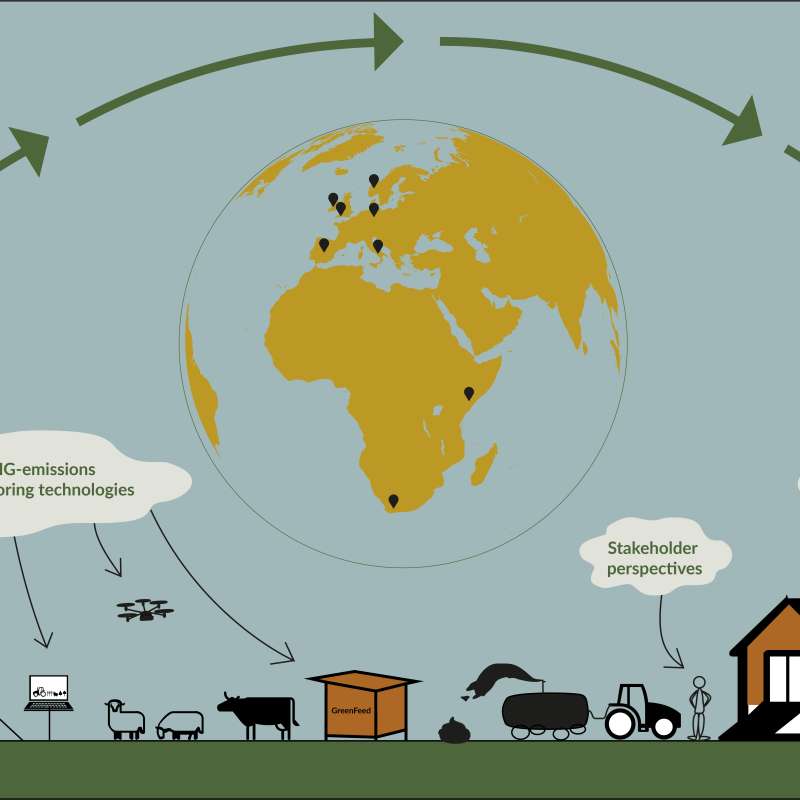Vibeke Lind
Forsker
Biografi
Jeg har husdyrfaglig bakgrunn og jobber med ernæring, fôring og beitestrategier for sau. Jeg tok min doktorgrad på kjøttkvalitet hos lam som er sluttfôret på ulike typer beite eller på kraftfôr.
Jeg jobber mye inn mot klimagasser fra drøvtyggere og på Tjøtta har vi bygd opp godkjent forsøksdyravdeling for småfe. Vi har mulighet for individuell fôring av opp til 24 dyr. Vi har 6 respirasjonskamre for måling av enterisk metan produksjon fra småfe og 6 metabolismebokser for måling av fôrutnyttelse hos småfe. Til det siste har vi 9 kastrerte værer. Ellers får vi tilgang til dyr fra Tjøtta gård.
Sammendrag
Det er ikke registrert sammendrag
Til dokument
Forfattere
Grete H. M. Jørgensen Quentin Lardy Haldis Kismul Shelemia Nyamuryekung'e Mårten Hetta Mohammad Ramin Vibeke LindSammendrag
Det er ikke registrert sammendrag
Forfattere
Grete H. M. Jørgensen Quentin Lardy Haldis Kismul Shelemia Nyamuryekung'e Mårten Hetta Mohammad Ramin Vibeke LindSammendrag
Det er ikke registrert sammendrag

